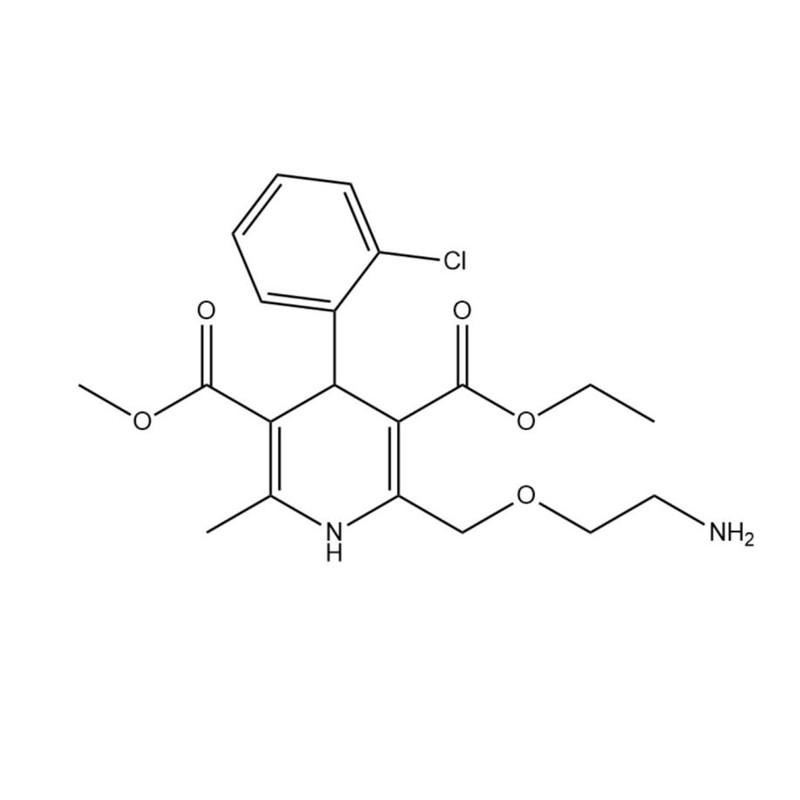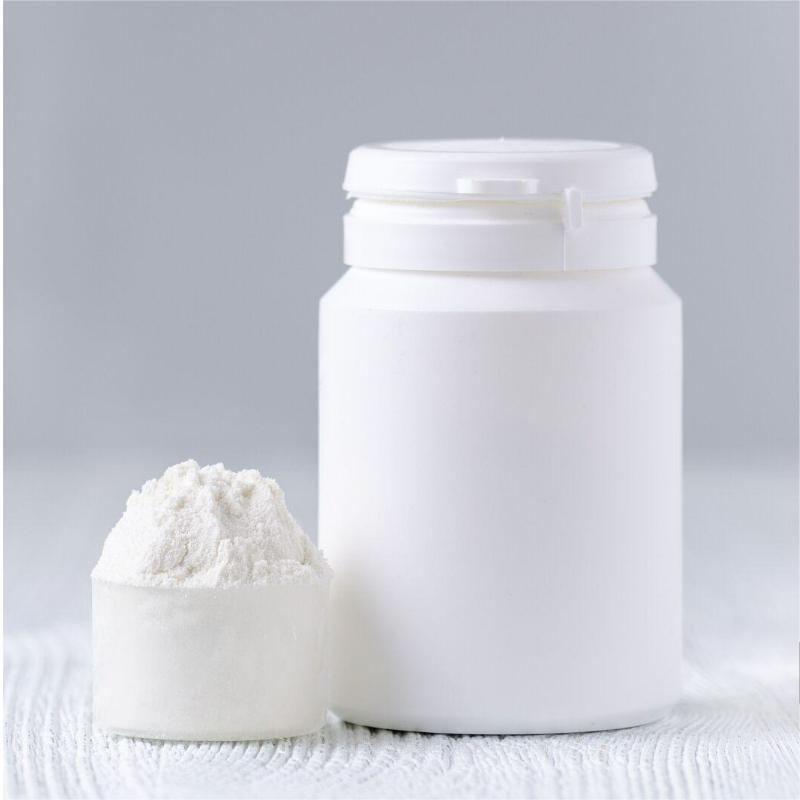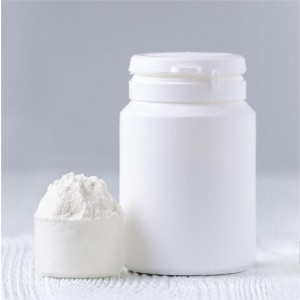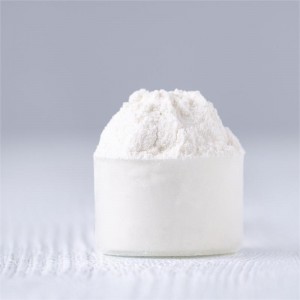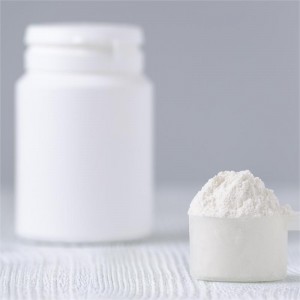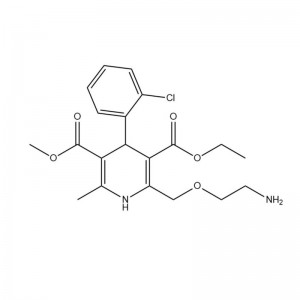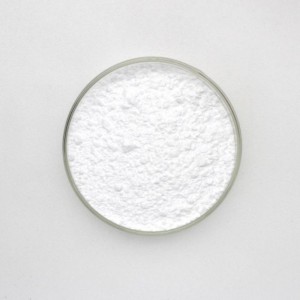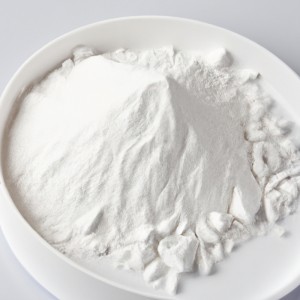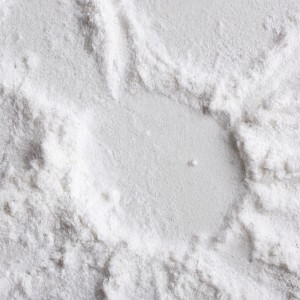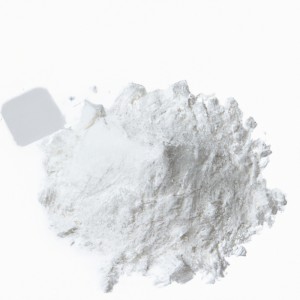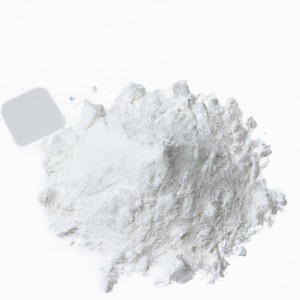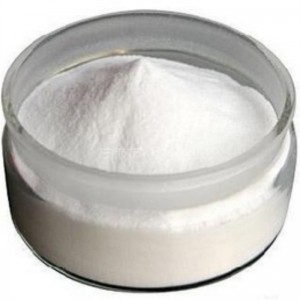Cas number: 146-56-5 Molecular Formula: C20H21ClN2O4
| Melting Point | 176-178°C |
| Density | 1.02 g/cm³ |
| storage temp | tore at room temperature, out of direct sunlight and in a humid environment |
| solubility | 50 mg/ml(In ethanol); Insoluble in water |
| optical activity | +111.6 degrees (C=1, methanol) |
| Appearance | white or almost white crystalline powder |
| Purity | ≥97% |
is a "dihydropyridine calcium antagonist" (calcium antagonist, or slow channel blocker) which inhibits the movement of "calcium ions" towards vascular smooth muscle cells and cardiac myocytes. Experimental data suggest that is associated with "binding sites" for "dihydropyridines" and "non-dihydropyridines". Both cardiac and vascular smooth muscle 'contractile processes' depend on the entry of 'extracellular calcium ions' into these cells via specific ion channels. selectively inhibits the flow of calcium ions across these cell membranes, a mechanism that affects vascular smooth muscle cells more than cardiac cells. A negative inotropic (Inotrope) effect, or a reduction in myocardial contractility, can be detected in vitro. However, such effects have not been seen in animals administered within the prescribed therapeutic dose. Serum calcium concentrations are not affected by . In the physiological pH range, is an ionised compound (pKa=8.6) whose interaction with calcium channel receptors is characterised by a progressive rate of receptor binding site conjugation and dissociation, and this progressive rate mechanism results in a progressive onset effect.
is a peripheral arterial vasodilator that acts directly on vascular smooth muscle, resulting in a reduction in peripheral vascular resistance and a decrease in blood pressure. The exact mechanism by which relieves angina is not fully understood, but is thought to include the following: Exertional angina: In patients with exertional angina, NORVASC reduces total peripheral resistance (afterload) during cardiac work at any given level of exercise and reduces the rate pressure product, thereby reducing myocardial oxygen demand.
Initially 5mg once daily, increasing to a maximum of 10mg once daily.
